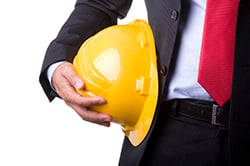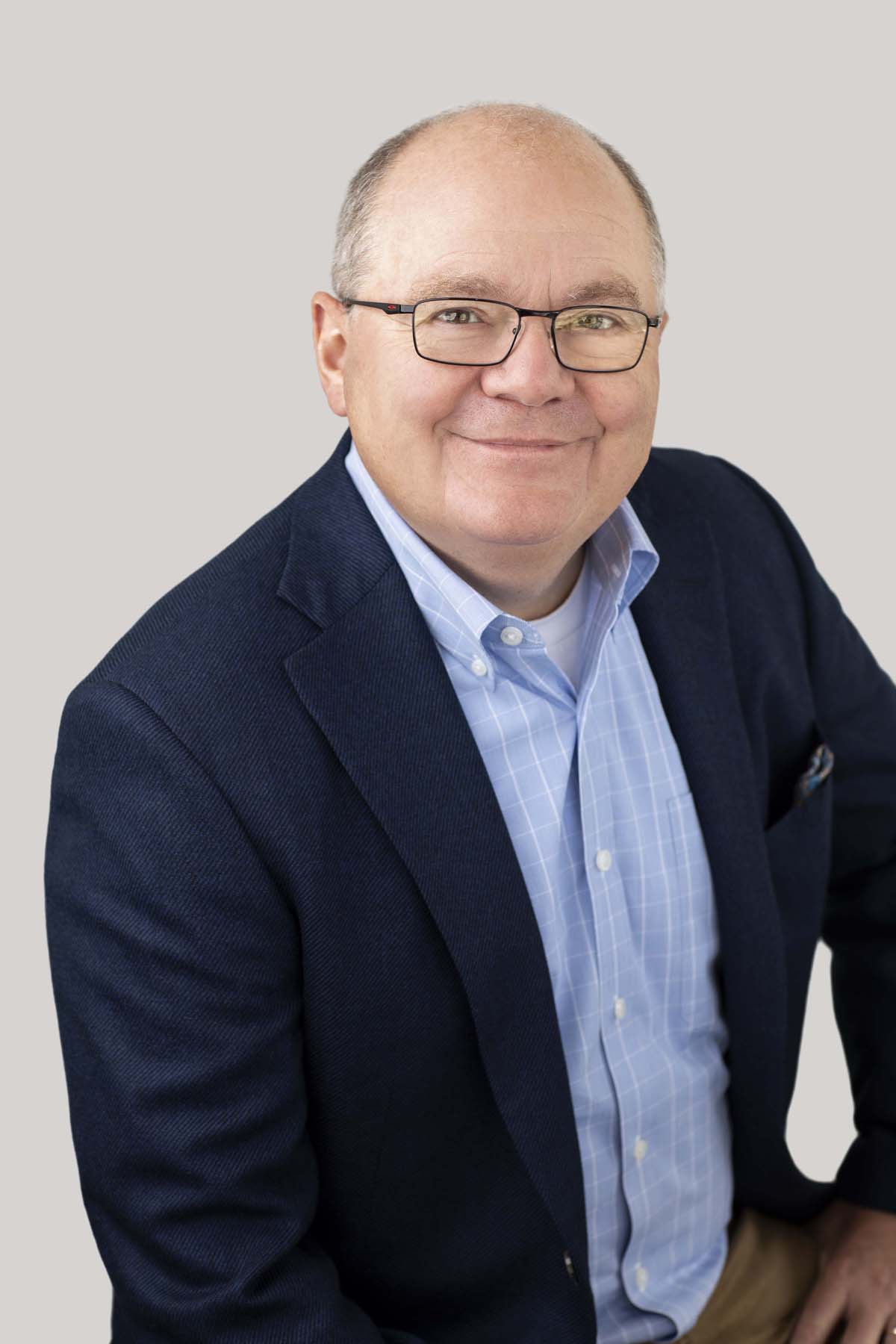 What Is The Mark Of A Proactive Safety Culture?
What Is The Mark Of A Proactive Safety Culture?
Early in my career I spent time working in manufacturing as a safety director. After an injury occurred, we would complete the accident investigation and root cause analysis. We figured out what happened, when it happened, why it happened, and how it happened. From there we determined how to keep the injury from occurring again. But why weren’t we doing this before the injury? Why weren’t we doing inspections, reviews, and managing processes BEFORE an injury to prevent it? Why were we waiting until an injury occurred?
Responding to an injury is important – but taking the time to do the inspections and hazard assessments prior to anyone getting hurt is what makes a truly proactive safety culture. It is not just what you do after an injury, it is what you do before to prevent those accidents from occurring.
Setting Your Sights At Zero
We had 100 workplace injuries last year, now you want us to set our goal for zero? What about 50, wouldn’t it be progress if we cut the number of injuries down to 50?
Even though it may be an improvement from last year, zero needs to be the goal. It is not a failure if you do not achieve zero accidents, it is a failure if you do not set your sights to zero and work towards it.
How can you have a goal higher than zero? You should not be celebrating 50 injuries. That is still 50 workers whose lives have been negatively impacted by injury. 50 injuries that could have been prevented.
It’s A Mindset
Leadership cannot have the thought process that accidents are a cost of doing business. Accidents are all preventable, predictable, and unacceptable. This is the mindset that management must adopt in order to develop a truly safe workplace.
Let’s look at an example. A worker walks across the plant floor, slips on oil, and gets injured. The company’s response? Clean up the oil. Determine where the oil came from – the fork truck. Then fix the fork truck.
Okay, great, they cleaned up the spot and fixed that truck. But did they really take all the necessary steps to prevent a similar accident from happening again? No. The company needed to continue beyond fixing the truck and establish a preventative maintenance program where they check the trucks each shift and each day to make sure they are all in proper working order and not leaking. They would then be able to spot trucks and pull them out of service before they start to leak oil across walkways.
And It Must Start At The Top
Safety has to be emulated from the very top, it cannot be delegated. Leadership must follow all the safety procedures and help drive the safety process. This does not mean simply appointing someone to be safety director. It means leadership must adopt the safety mindset and should be actively participating in the safety process.
Time and time again, I see reports in accident investigations that say it was the employee’s fault, they did something stupid, they were a bad hire. Management cannot pass the blame on to the employee. Management must be accountable for the safety in their facilities. Think the employee was a bad hire and their inability causes the accident? Would this not point to a flaw in the hiring process, not simply a bad employee?
A great start is to hire people with the same beliefs for preventing accidents. How you educate and train new employees is critical. Are you truly showing them how to do and perform their job in a safe manner? Are you clearly expressing what is expected of them? It starts at the beginning. It starts at the top.
How Do You Get Started?
The first step is committing to a safety culture. Ownership must truly believe it is something they want to do and can do. From there you should make an honest assessment of your current culture and safety practices. Then consult with your risk advisors to develop procedures and processes to make it a reality.
Look back at the accidents and injuries from the past 5 years. If you do nothing, I can tell you what to expect in the next 5 years – the same types of accidents and the same costs. Start with these past incidents. What can you do to prevent these from happening again? Then walk around your facility and try to determine other potential dangers – where might an accident happen? What can we do to make sure it doesn’t happen? Develop a playbook, create the policies, procedures, and processes necessary to keep your facility safe and prevent accidents from happening.
What’s The Risk?
I strongly believe that everyone should go home from work as healthy as they came to work. You do not go to work with the premise that you will hurt your back, lose a finger, or even die at your workplace. You owe it to your employees to provide a safe working environment.
Aside from the responsibility to your employees, and to show compassion for their safety and well-being, there is a clear bottom line impact to workplace safety.
The true cost of an accident is well beyond that of the medical costs. There is significant time, energy, and money put into responding to the accident and taking steps to prevent it from occurring again.
Quality and production are two of the most important factors to a company. But it is critical to recognize that safety has a big role too, if not the biggest. When a workplace injury occurs, quality and production get thrown out the window. Production is halted to assess the accident and make repairs. Quality may suffer as a result. Quality, production, and safety – the three cannot operate separately in a truly profitable, well-run company.
I challenge you to assess your company’s safety culture. Do you have a strong safety culture? Has your leadership adopted the mindset? Are they driven to not just respond to an accidents but proactively seek ways to prevent injuries from occurring? Remember, all accidents are preventable, predictable, and unacceptable. You must set your sights at ZERO.



